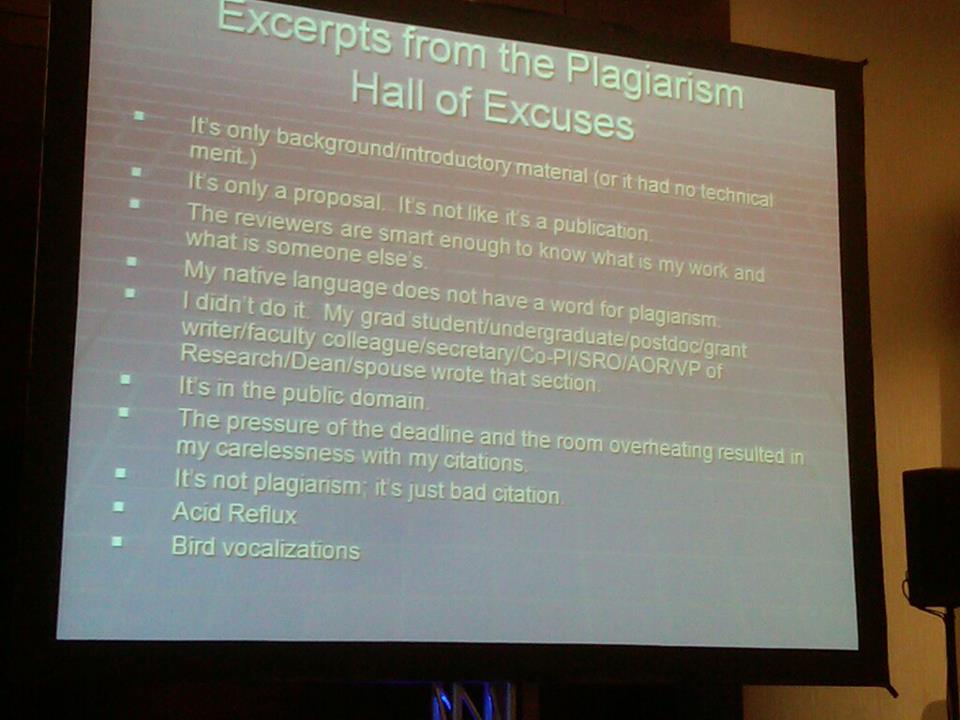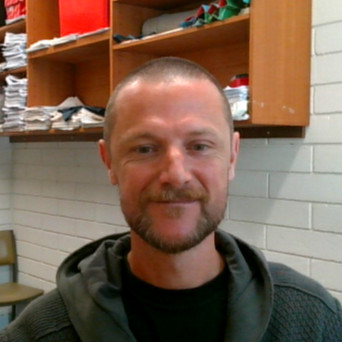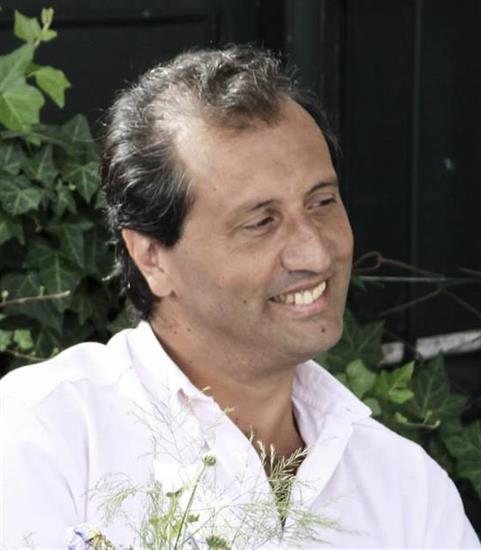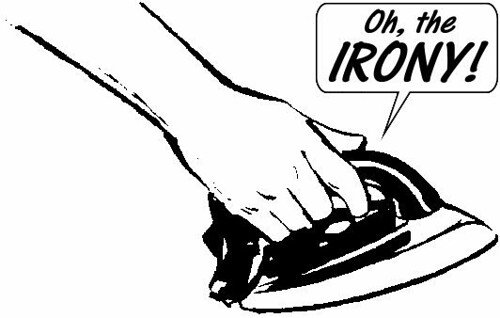
The authors of a 2021 article on “cognitive radio” have lost the paper after the journal learned that they’d pilfered the work from a doctoral dissertation.
“A Cluster-Based Distributed Cooperative Spectrum Sensing Techniques in Cognitive Radio” was published in the proceedings of the 2020 International Conference on Innovative Data Communication Technologies and Application, which was held in Coimbatore, India. The proceedings was a supplement to Innovative Data Communication Technologies and Application, a Springer Nature title.
Cognitive radio, according to Wikipedia, “can intelligently detect whether any portion of the spectrum is in use, and can temporarily use it without interfering with the transmissions of other users.”
Continue reading Paper that ripped off a PhD thesis is retracted






